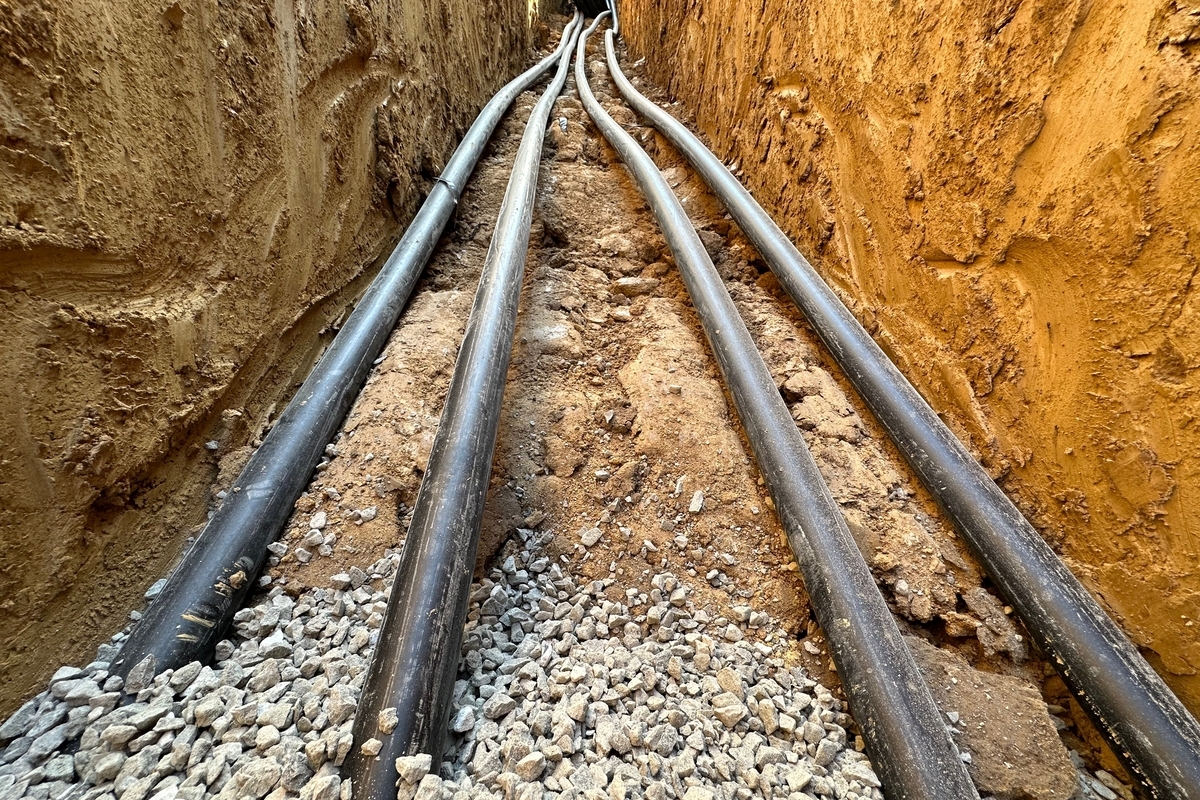

Winter in Connecticut can be brutally cold, with temperatures often dipping below freezing and snow blanketing our picturesque landscapes. As homeowners, we’re constantly searching for ways to keep our homes warm, comfortable, and energy-efficient. If you’re tired of sky-high heating bills and want to reduce your carbon footprint, it’s time to explore eco-friendly heating solutions that can transform how you heat your home.
Connecticut’s climate presents unique challenges for homeowners. Our winters are long, cold, and unpredictable. Traditional heating methods like oil and electric heating can be expensive and environmentally unfriendly. The average Connecticut homeowner spends thousands of dollars each winter on heating, with much of that energy literally going out the window through poor insulation and inefficient heating systems.
Enter geothermal heating—a revolutionary approach to keeping your home warm while dramatically reducing your energy costs and environmental impact. Geothermal heating harnesses the stable underground temperatures that remain consistent year-round, regardless of what’s happening above ground.

Geothermal piping for ground source heat pumps are buried underground, where the temperature is more consistent.
Unlike traditional heating systems that burn fossil fuels, geothermal heating works by transferring heat between your home and the ground. Here’s a simple breakdown:
Geothermal heating can reduce your home’s carbon emissions by up to 75% compared to traditional heating systems. For environmentally conscious Connecticut homeowners, this means significantly decreasing your household’s impact on climate change.
While the initial installation cost might seem high, geothermal heating offers substantial long-term financial benefits:
Geothermal systems are incredibly durable. The underground loop can last 50+ years, and the indoor heat pump typically lasts 25 years—nearly twice as long as traditional HVAC systems.
Not every home is ideal for geothermal heating, but many Connecticut properties are excellent candidates. Consider these factors:

You will need a significant amount of land available for geothermal ground loops; make sure you factor that in before committing in full.
Geothermal heating installation involves several key steps:
Connecticut offers several incentives for homeowners adopting green energy solutions:
While upfront costs can be higher than traditional systems, federal tax credits and state incentives can offset initial expenses. Most homeowners recover their investment within 5-10 years through energy savings.
Absolutely! Geothermal systems are designed to work efficiently in all climates, including Connecticut’s harsh winters. The consistent underground temperatures ensure reliable heating.
To maximize your home’s energy efficiency:
At Valiant Energy Solutions, we specialize in transforming Connecticut homes with cutting-edge, eco-friendly heating technologies. If you are considering geothermal energy for your home, contact us today for a free consultation and take the first step towards a warmer, greener future.